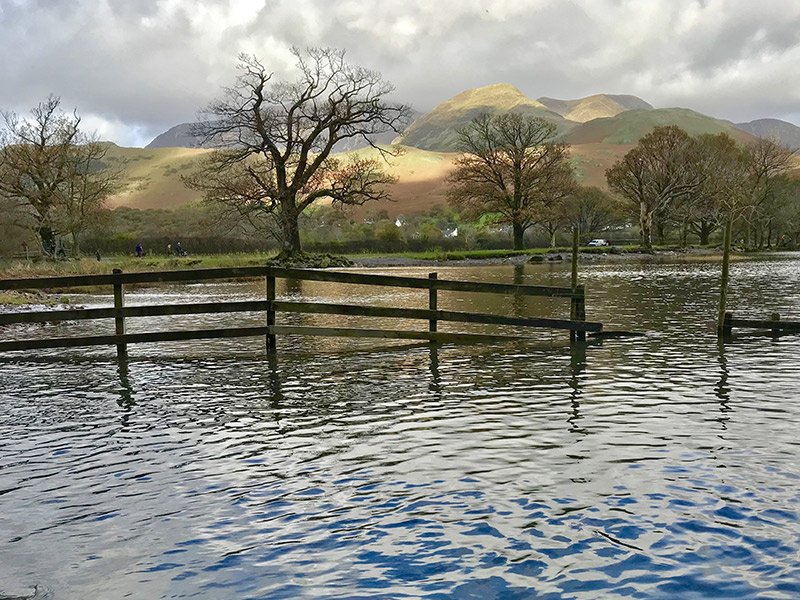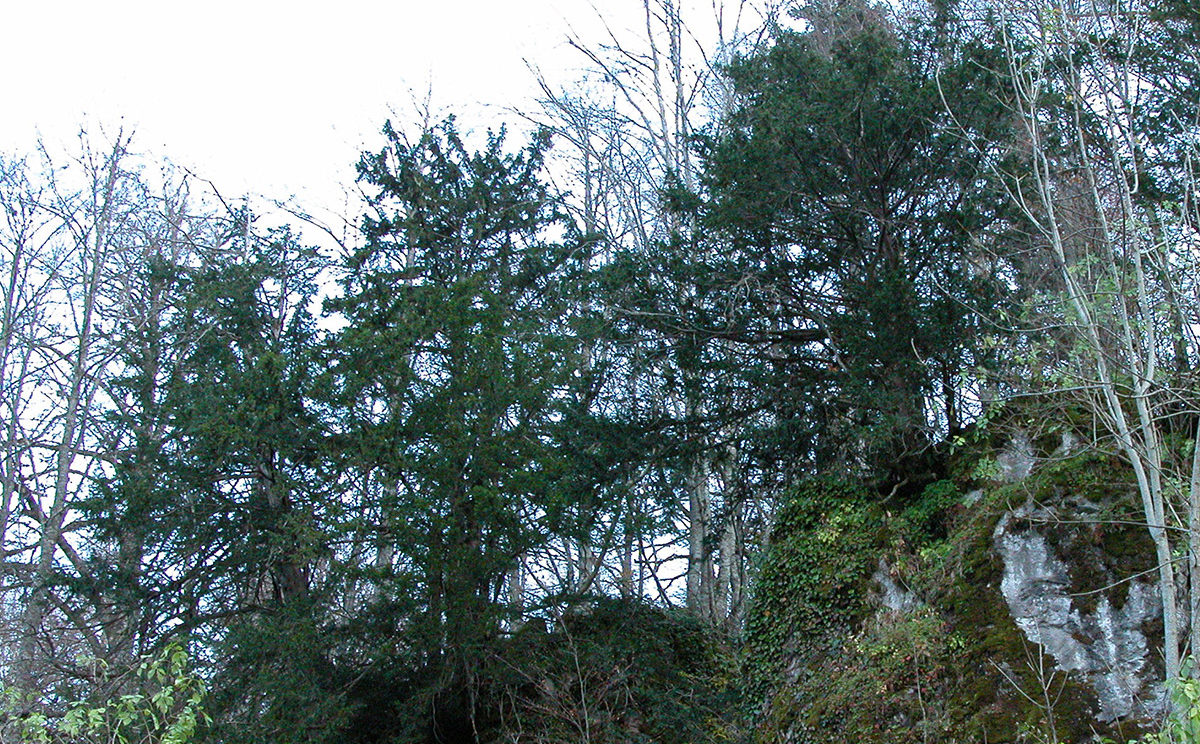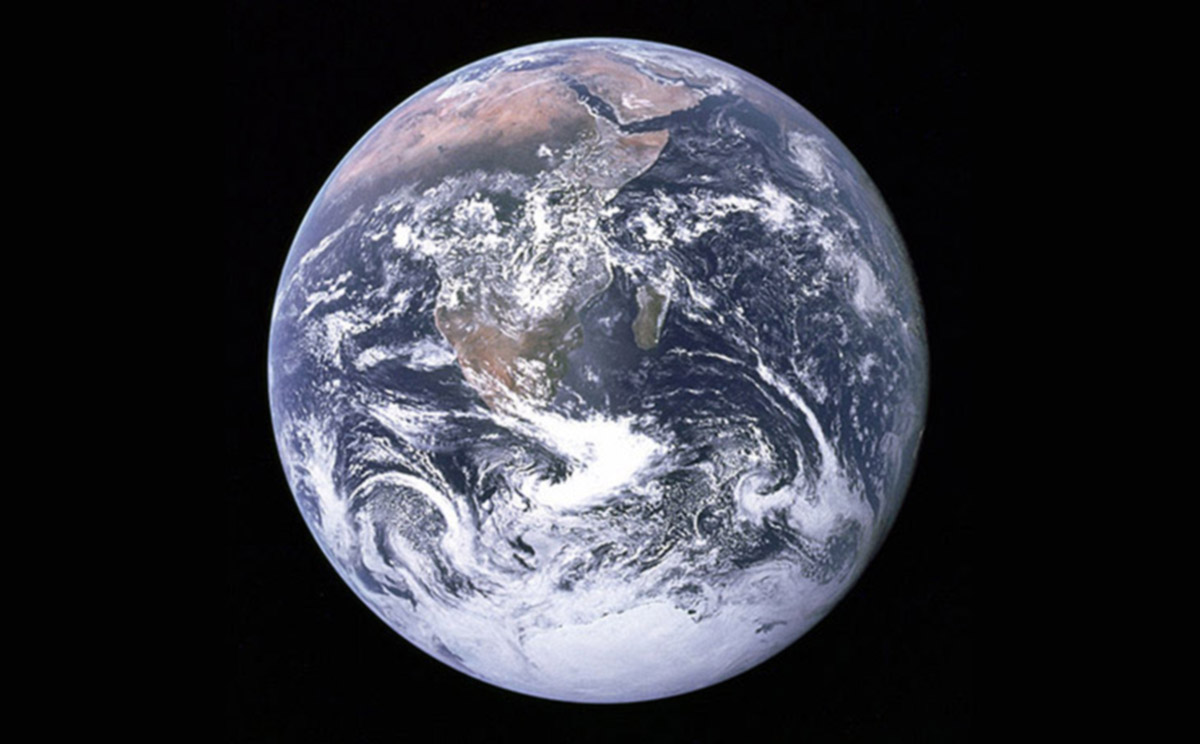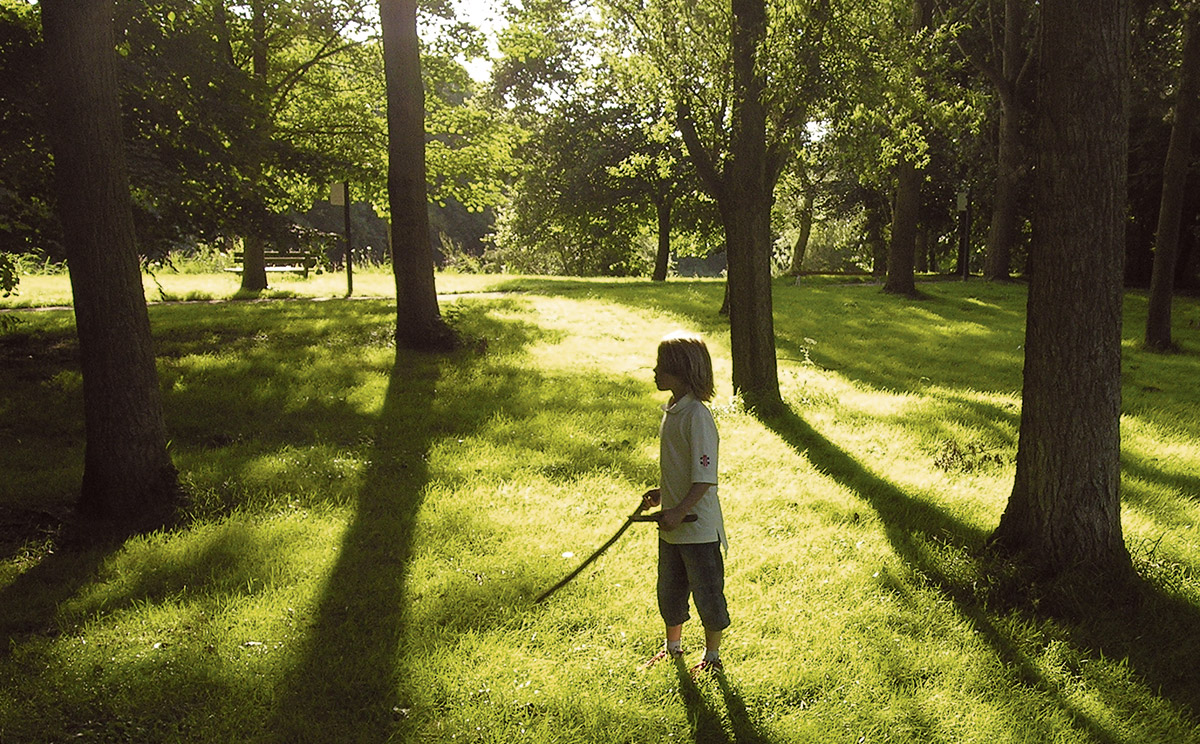Flooded by ignorance
Feb 2014
Countries like the UK suffer increasingly from severe regional flooding. Due to climate disruption we observe doubtlessly more precipitation and torrential downpours than ever before. But the true culprits are water mismanagement, deforestation and a severe lack of soil protection.
Under trees, water sinks into the ground 67 times faster than it sinks into the soil under grass. This is because tree roots provide channels down which the rain water can permeate the ground. The soil beneath trees is a sponge, a reservoir which can suck up water quickly and release it slowly. [1]
By contrast, in the fields and pastures, the soil is compacted by the weight of heavy machinery or by overstocking with animals whose small sharp hooves puddle the ground and make it almost impermeable, “a hard pan off which the rain gushes.” Compared to virgin grass land this increases the instant run-off of all the rain from 2% to 60%. [2]
What’s worse, the latest crop craze in ‘developed’ countries is maize – in the UK, up from 1,400 hectares in 1970 to 160,000 hectares in 2014. Whether maize is being grown to feed livestock or, increasingly, the biofuel business (‘energy maize’), the problem is that maize leaves the fields particularly barren and unprotected during the rainy season. Erosion on maize fields is significantly higher than on any other crop.
‘In three quarters of the maize fields in the south-west, the soil structure has broken down to the extent that they now contribute to flooding. In many of these fields, soil, fertilisers and pesticides are sloshing away with the water.’ [3] In the waterways and rivers, the eroded soil becomes silt which clogs up the riverbed. The unprecedented amounts of water gain unprecedented speed in shallow rivers… and come crushing into British homes with unprecedented force.
The British Labour government saw it coming and in 2005 published a report about the devastating impacts of maize plantations. The report points out the loss of fertility from the land and the poisoning of watercourses, warns that ‘increased run-off and sediment deposition can also increase flood hazard in rivers’, and urged to ‘avoid growing forage maize on high and very high erosion risk areas.’
Labour acted on these insights and decreed conditions attached to farm subsidies. ‘Ground cover crops should be sown under the maize and the land should be ploughed, then resown with winter cover plants within 10 days of harvesting, to prevent water from sheeting off.’ [3]
However, the Conservative government changed the conditions. It issued a specific exemption for maize cultivation from all soil conservation measures (!). Yes, the crop which causes most floods and most soil damage is the only one to be completely unregulated. Furthermore, all legal obligations to prevent erosion on farmland were downgraded to an ‘advisory feature’ [4]. The public money is still handed out, even to farmers who do nothing to protect their soil.
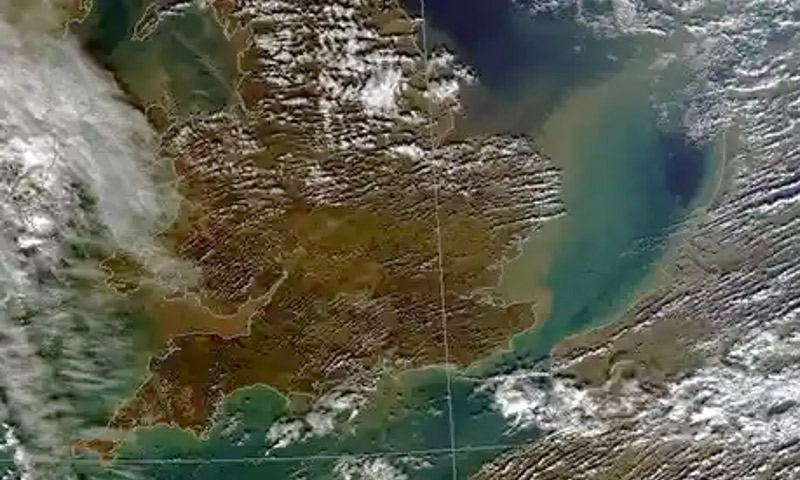
And taxpayer’s money to wealthy landowners it is. The public even gets something in return, as George Monbiot concludes in his Guardian article: ‘We pay £3.6bn a year for the privilege of having our wildlife exterminated, our hills grazed bare, our rivers polluted and our sitting rooms flooded.’ [3]
So, trees it is then, or should be. ‘For decades the British government has been funding scientists […] to advise other countries to protect the forests or to replant trees in the hills to prevent communities downstream being swept away. But we forgot to bring the lesson home.’ [2] For example, in Wales all tree-planting grants have now been stopped. The new unbreakable rule for farmers lays down that in order to receive one’s single farm payment (by far the biggest component of farm subsidies), that land has to be free from what agricultural policy calls “unwanted vegetation”. In other words: Land covered by trees is not eligible. The subsidy rules have enforced the mass clearance of vegetation from the hills. The very trees and scrub that would absorb the rain falling on the hills…
And there is no help from the European Community either. Instead, Brussels soon followed the British folly and encourages clear-cutting and farming at the top of the watersheds. In June 2013, the special mountain payments were raised from €250 (£208) per hectare to €450 (£374). [5] The major beneficiaries include rich landowners such as the British royal family and European aristocrats with big inherited estates (BBC News [6]). The public gets their share, the ‘flooding subsidy’, as Monbiot sums up, ‘pays for the wreckage of homes, the evacuation of entire settlements, the drowning of people who don’t get away in time, all over Europe.’ [3]
sources
1 Marshall, MR et al., 2013. The impact of rural land management changes on soil hydraulic properties and runoff processes: results from experimental plots in upland UK. Hydrological Processes, vol 28, issue 4, 2617–2629, 15 February 2014, doi: 10.1002/hyp.9826, quoted in Monbiot 2014a [2].
2 Monbiot, George, 2014a. Drowning in money: the untold story of the crazy public spending that makes flooding inevitable. The Guardian online, 13 January 2014.
3 Monbiot, George, 2014b. How we ended up paying farmers to flood our homes. The Guardian online, 18 February 2014.
4 Farming Regulation Task Force, May 2011. Striking a balance: reducing burdens; increasing responsibility; earning recognition. Summary of Recommendations. Chapter 7, GAEC 1, 7.47.
5 European Commission Press Release, 26 June 2013. CAP Reform – an explanation of the main elements.
6 BBC News, 1 July 2013.
